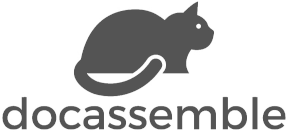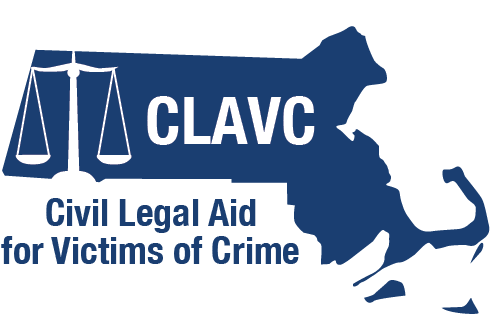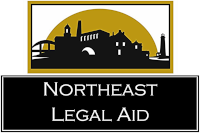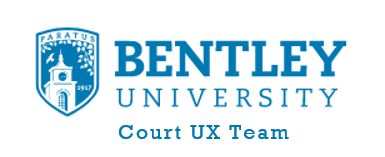About Court Forms Online
Court Forms Online is part of the nonprofit Suffolk Legal Innovation & Technology (LIT) Lab’s Document Assembly Line project. It helps you complete court forms and other legal documents. Each form has been turned into a guided interview that helps you through the process of completing the form. In some cases, we can deliver (e-file) your forms directly to the court.
The online guided interviews on Court Forms Online have been built by lawyers, designers, developers, law students, and other professionals.
Legal experts and partners from:
- The Massachusetts Trial Court
- The Massachusetts Trial Court's court service centers
- The Suffolk University Law School Legal Innovation & Technology Lab
- Suffolk Law School's clinical programs
- Massachusetts Law Reform Institute
- Greater Boston Legal Services
- Northeast Legal Aid
- Community Legal Aid,
- and others
reviewed the forms, interviews, and legal information to help make sure that the content is right.
Court Forms Online started out with input from the Massachusetts Trial Court and Appeals Court. In 2020 the Appeals Court issued a standing order officially approving Court Forms Online for completing and Document Assembly Line community includes courts and legal legal aid organizations in Illinois, Louisiana, Maine, Michigan, Minnesota, Texas, Vermont, and more. Learn more about the Document Assembly Line project.
How does it work?
We use a free and open source tool, Docassemble, to ask step-by-step questions as part of an interview that guides you through completing official court forms or templates drafted by legal experts. Then we use your answers to assemble complete, ready-to-file PDF documents.
Your information is kept secure and private, and is never used other than to complete your forms. We do not sell or share your information with anyone other than the court or other program that you choose to send it to.
You can use Court Forms Online on a desktop computer or a smartphone.
Some forms need to be printed and delivered by you. Some forms include a button that delivers your form by email. And other forms are integrated directly with the court’s electronic filing system.
Get involved with Court Forms Online
Suggest a form
We welcome suggestions for new forms to add to Court Forms Online, especially from nonprofit legal aid organizations and courts. Smaller projects (typically 1-2 pages) may be appropriate for our law school clinic to build during the academic year. Larger projects may require funding.
Email us at [email protected] with your suggestions.
Volunteer
We can periodically accept volunteers to help us test, monitor for changes in law, build, and translate our forms into additional languages. Volunteers will be trained and offered supervision by members of the LIT Lab's staff.
Learn more about volunteering
Donate
Court Forms Online is a free service provided by a nonprofit organization. If you would like to support our work, please consider making a tax-deductible donation.
Donate to Suffolk LIT Lab
Thank you
All the organizations listed below contributed to the first version of Court Forms Online. It would not exist without their help.
Accessibility
The font family used on Court Forms Online is Atkinson Hyperlegible, developed by the Braille Institute to improve legibility, and readability—especially for low-vision readers—through clear, distinctive letters and numbers.




